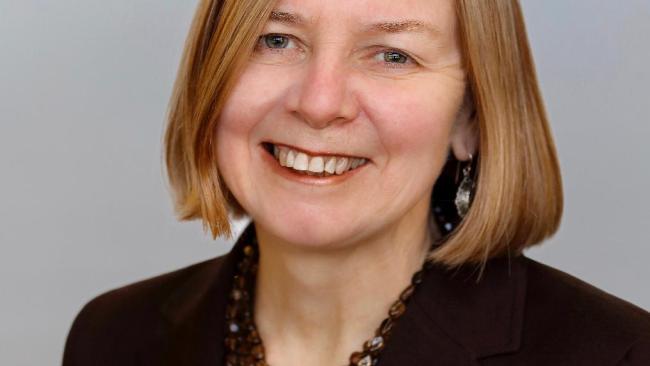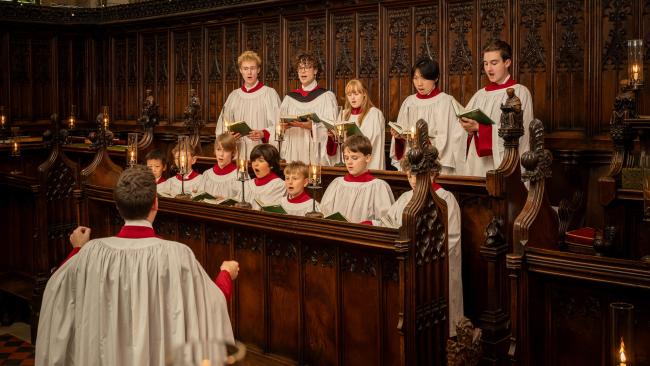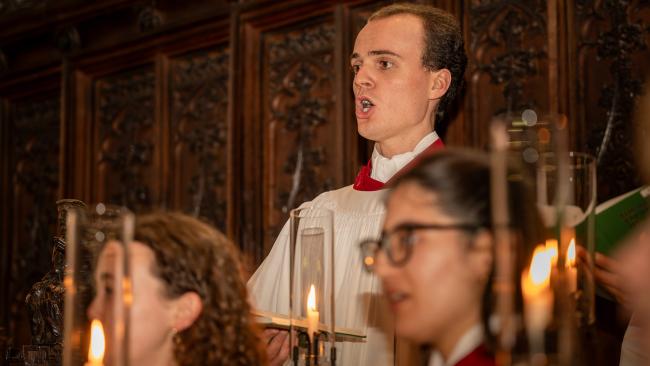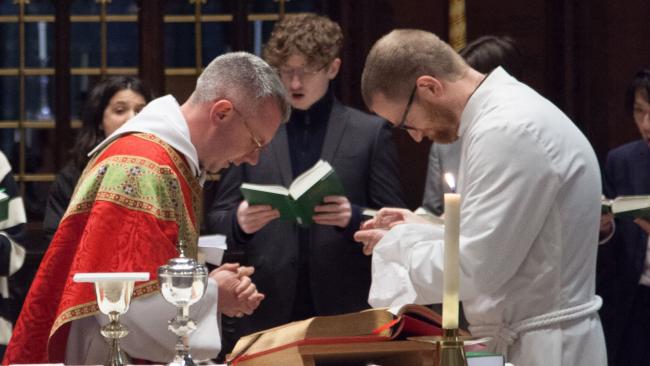
Belinda Wilkes: NASA's Chandra X-ray Observatory explores the high energy universe in sharp focus
Director of NASA's Chandra X-Ray Centre, Belinda Wilkes, will take the audience on a visual tour of NASA's Chandra X-ray Observatory and its science.
Starting with launch in July 1999 on the shuttle Columbia, Chandra made its way to a 3-day orbit extending about a third of the way to the moon from where it has been observing celestial sources for the past 20 years. X-ray vision gives us views of the hottest, highest energy and most violent places in the universe. We will travel through the universe exploring what X-ray emission tells us about many different kinds of celestial source, from the most distant super-massive black holes to our own planets, from the birth, life and death of stars to the structure of the galaxies in which they live. She will highlight some of the many breakthroughs in our understanding Chandra's new, focused window on the universe has, and continues to provide.
Dr. Belinda Wilkes is the Director of NASA's Chandra X-ray Center and a Senior Astrophysicist at the Center for Astrophysics | Harvard & Smithsonian (CfA) and an Honorary Fellow of Jesus College, Cambridge, UK. She was born in England, obtained a BSc in Astronomy and Physics from the University of St. Andrews in Scotland, and a PhD in Astrophysics from Jesus College, University of Cambridge, England. She then moved to the USA, spending 2 years as a NATO postdoctoral fellow at the Steward Observatory, University of Arizona. She then moved to the High Energy Astrophysics Division at the CfA where she was been deeply involved in science operations for X-ray Observatories: Einstein and ROSAT, before transitioning to Chandra a few years before its 1999 launch. Her own research involves multi-wavelength studies of active galaxies and quasars powered by super-massive black holes in their nuclei.
Tickets available here:





